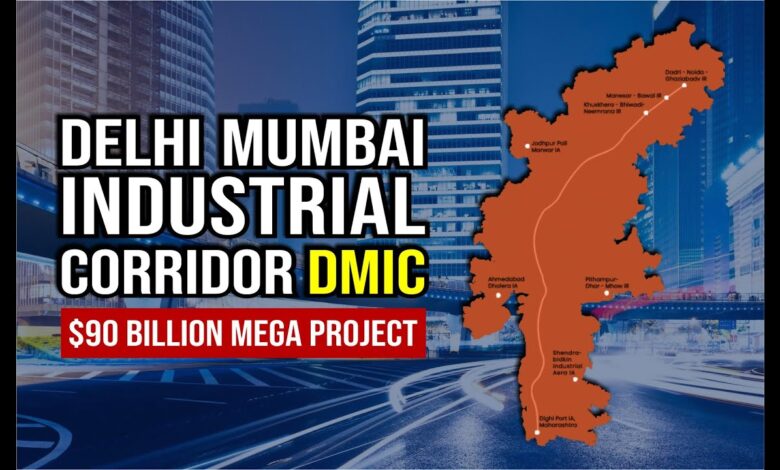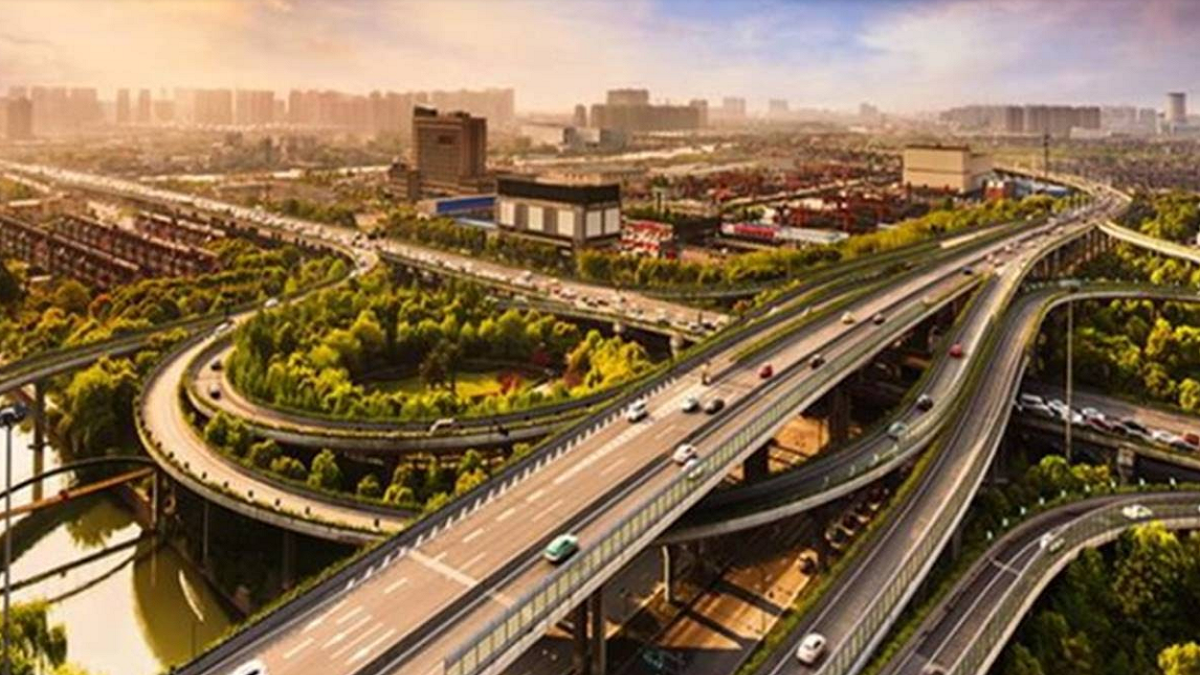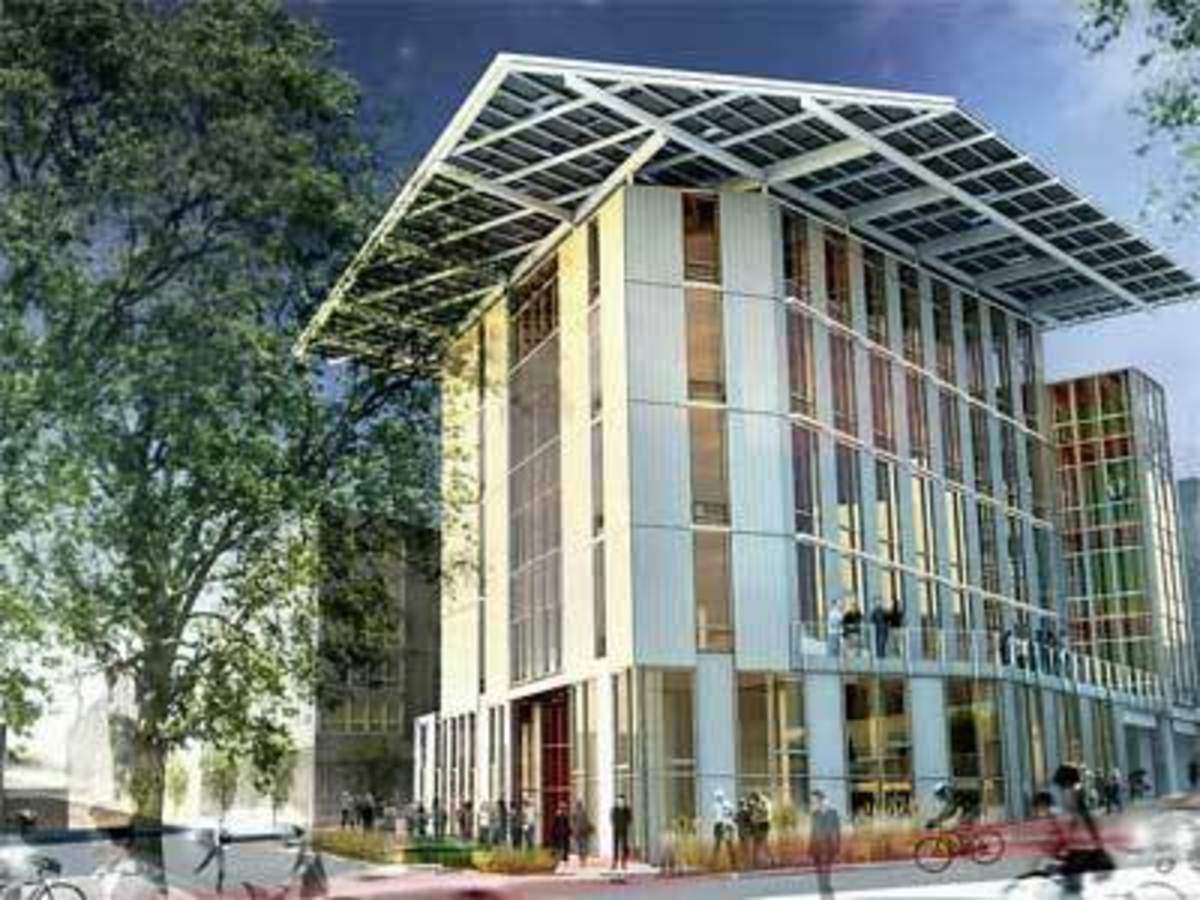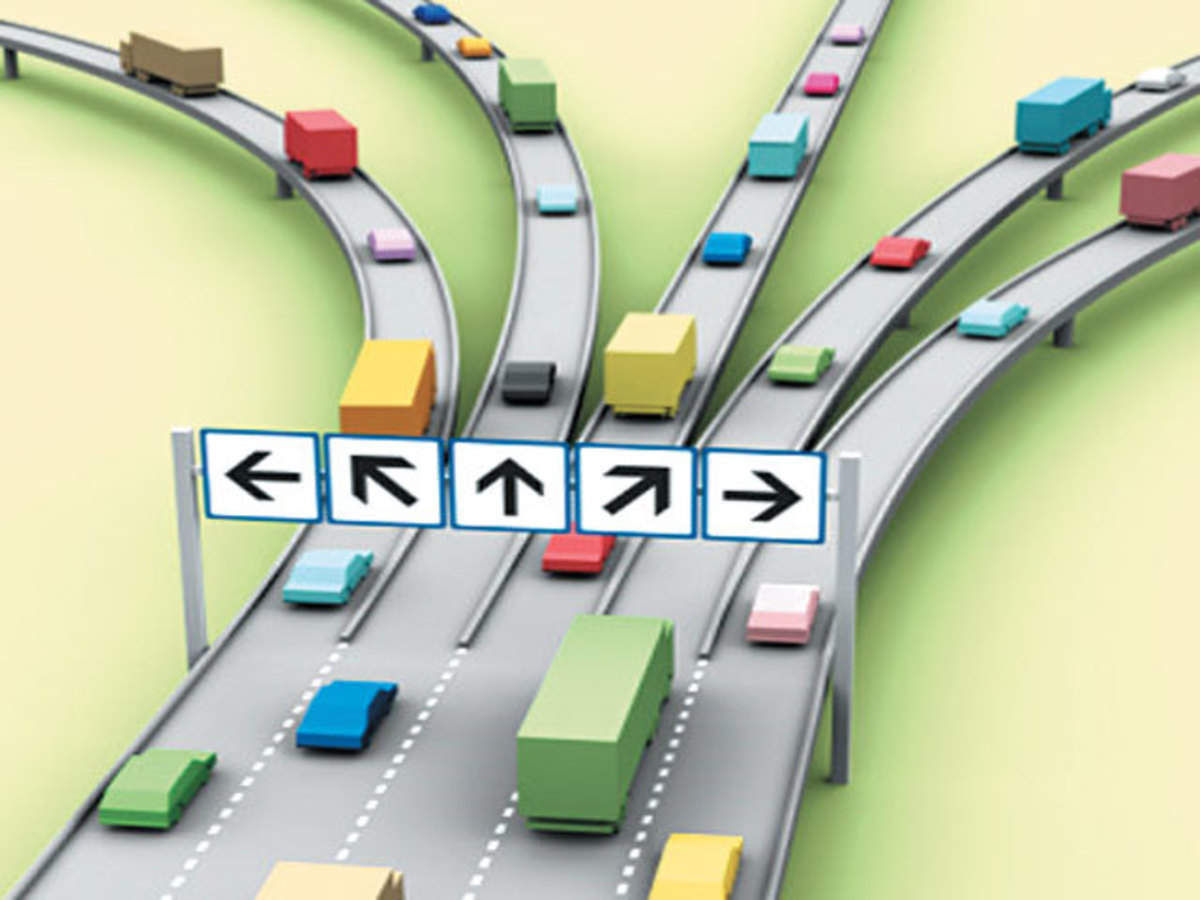Delhi Mumbai Industrial Corridor: Big Infrastructure project in India 2022

Delhi Mumbai Industrial Corridor: Big Infrastructure project in India 2022
Infrastructure has been introduced to be a critical driver for the Indian economy. Answerable for driving India’s turn of events, the location appreciates serious concentration from the public authority and global money funding substructures, there are two-sided companies and confidential financial backers for starting strategies that promise time-bound production of the amazing kind of system in the country. It would support production, business age, and higher economic industrial development rates.
Some of the important foundation sectors and advancements in the country include modern thoroughfares, innovative town sectors, communities with metropolitan architectures like water and sewage care systems, mass movement, metro systems, and substructures, government, traffic jams, electronic parts, and cosmopolitan services of registering.

The Sagarmala Program’s industrialization of beaches, quality and proper avionics, integrated factors, and cheap housing are all intimately tied to administrative services for power generation and transmission, modernization of ports and transportation networks, and industrialization of beaches.
In the 2018-19 financial year, the Government of India had dispensed Rs.5.97 lakh crore (USD 92.22 billion) to give a massive lift to the system. This included distribution to the railroad, family level zap plots, environmentally friendly power energy hall, telecom foundation, metro railroad system, and expressway projects.
Similar kinds of announcements have been made in the 2019-20 financial year with an allotment of Rs.4.56 lakh crore (USD 63.20 billion) for the location. Rs.38,637.46 crores (USD 5.36 billion) have been apportioned to correlation and Rs.83,015.97 (USD 11.51 billion) towards street transportation and parkway, and interests in the funneled water supplies to be given to all families in 500 cities.

For uber foundation programs like modern passages and Smart Cities Mission, it has been even underscored that the need of great importance is to fill the system company hole by supporting from private speculation – organizations devoted to framework funding like National Infrastructure Investment Bank (NIIB) and global level of development like Asian Infrastructure Investment Bank (AIIB) and New Development Bank (recent BRICS Bank), zeroed in more on practical and better progress services with the system projects. Different public funding choices and marker-based systems have been proposed to raise funds for better system projects.
Indian industrial expressways
A group of linear projects created for a location to support infrastructural and industrial development is the proper definition of an industrial passage. Its overarching goals include developing locations for making, towns, or other economic clusters. In mind, industrial corridors are designed with arterial links, like the highway or rail line that accepts feeder roads or railroad tracks.
![Delhi Mumbai Expressway: Opening, Route Map & Status [2022]](https://i.ytimg.com/vi/FDSsFm_eWJQ/maxresdefault.jpg)
The Delhi-Mumbai Industrial Corridor (DMIC), Bengaluru-Mumbai Economic Corridor (BMEC), Chennai-Bengaluru Industrial Corridor (CBIC), Amritsar-Kolkata Industrial Corridor (AKIC), and Visakhapatnam-Chennai Industrial Corridor (VCIC), which is a part of the longer East Coast Economic Corridor, are the five industrial and economic corridors that the Indian government has planned (ECEC).
Delhi-Mumbai Industrial Corridor (DMIC)
Including the Smart Cities Mission, Bharatmala, and Sagarmala, the Delhi-Mumbai Industrial Corridor (DMIC) has been visualized to be one of the major infrastructure projects undertaken in India financially and geographically. The project is expected to turn India into a global manufacturing and logistics hub with planned metropolitan centers and manufacturing facilities.
Geographically, DMIC’s influence areas would be spread across six states in the country, along with a freight industrial that would include projects like investment areas, industrial areas, logistic support hubs, airports, and town centers. The first funding for DMIC is approximated to be around $100 billion. Each of the legislatures has a node company that oversees the DMIC project’s presentation.

Particular reason vehicles (SPVs), regional responsibility companies under the Companies Act, 2013, have been shaped at different levels to carry out the plans through open confidential sector or alliance (PPP) projects. However, starting funding for DMIC has come from public sources. It is expected that a more important part of it – around USD 90 billion – would come from private financial backers that provide capital, value speculation, and land bundles. The other bunch of resources would be through PPP projects and deductions by improving the finance substructure like the World Bank, Asian Development Bank (ADB), and others.
However, it seems that these lofty plans were not proposed with proper concerns in mind. They have recalled the adverse effects of the big amount of land acquired for local networks and their agricultural-based employment, which resulted in the elimination and some foundation of their settlement freedoms, the loss of natural areas, and the strain on water supplies. Other major concerns unaddressed include:
Emotional cycles.
Extended public advice.
Considering similar feelings.
The role of people who are called the delegates, and neighboring state-run governments.
The increased drive for benefit-making for domestic and international financial backers.
In 2007, DMIC was declared the main modern hall project in the country by the Government of India. The work was sent off after an understanding was autographed between the Government of India and the Government of Japan in 2006. The Delhi Mumbai Industrial Corridor Development Corporation (DMICDC) was shaped in 2008 to create and present the company.

The value investors in the company are the Government of India (49%), the Department of Industrial Policy and Promotion (DIPP), the Japan Bank for International Cooperation (JBIC) (26%), and money companies like Housing and Urban Development Corporation (HUDCO) (19.9 percent), India Infrastructure Finance Company Limited (IIFCL) (4.1 percent) and Life Insurance Corporation (LIC) (1.0 percent).[3]
The Government of Japan had even reported money help for the company for proper measurement of USD 4.5 billion in the first stage of the process of the taking with Japanese participation.[4]
Uttar Pradesh, Haryana, Rajasthan, Madhya Pradesh, Gujarat, and Maharashtra are the six states that make up the work and the impacted part. The project follows the Western Dedicated Freight Corridor (WDFC) of the railways and aims to use DFC’s quick and restrictions to reduce expected process expenditure. On both sides of the WDFC, a section of 150 to 200 kilometers has been selected to be converted into a contemporary passage. It would encourage connecting a feeder rail/street system to the western coast’s select ports and the hinterland and displays.
Twenty-four amazing speculation hubs—13 company places and 11 business locations—have been identified to be part of the presentation effort under DMIC and are spread across the six company states. A speculation district would have a that was located north of 200 square kilometers (20,000 hectares), while a modern room would have a foundation that was located of more than 100 square km (10,000 ha). As an element of Phase 1, eight modern metropolitan hubs in the states have been taken up for presentation work.
![Delhi Mumbai Expressway: Opening, Route Map & Status [2022]](https://i.ytimg.com/vi/hbUjcf5R0Hg/maxresdefault.jpg)
The Delhi-Mumbai Industrial Corridor (DMIC) is one of the world’s biggest foundation tasks and India’s found aggressive. With expected speculation of US$90 billion, with money and specialized help from Japan, the innovative modern location is spread across six states, taking up a total length of 1483 KMs between India’s public and financial capital.
It integrates Nine Mega Industrial location, a high-velocity cargo line; three ports and six airports; a six-line convergence-free interstate interfacing Mumbai and Delhi; and a 4000 MW power plant. A few modern domains, the modern centers, with first in the class system, would be created along this passage to draw in the more unfamiliar company.
Objective of the DMIC Project
The first step was growing DMC to be an International Manufacturing and Marketing Hub and increasing India’s manufacturing and servicing. It is expected to accelerate the country’s projected urbanization, with manufacturing serving to be the engine. The program aims to create new industrial cities and soft interventions like skills acquisition for locals’ employment. These peaceful interventions include power stations, water supplies, transportation, and logistical infrastructure.
Industrial Corridors: Their Advantage
Industrial Corridors understand the interdependence of different industries and provide efficient industrial and infrastructure integration, resulting in overall economic development. It brings top-notch infrastructure, including high-speed rail and ports and access roads with cutting-edge cargo handling technology, contemporary airfields, particular economic part, industrial areas, logistic parks, transportation hubs, and knowledge parks aimed towards achieving industrial needs, etc.

It provides chances for private investment in a number of infrastructure projects related to the pursuit of commercial opportunities. The platform provides long-term benefits to industry and business in addition to infrastructure development in the form of easy access to industrial production units, reduced communication and transportation costs, faster delivery, and lower inventory costs.
Therefore, economic corridors are designed to foster the growth of proper industrial support, which is supported by globally competitive infrastructure, because of a need for luring investments into manufacturing and export-oriented businesses.
It is a $90 billion fantastic project aimed at creating industrial locations in six states across India that would promote regional economic growth and industry development.
It would be the most important infrastructural system with the ambition that India has ever undertaken. The initiation will eventually increase infrastructures and industry in the states across Corridor’s course, including intelligent, towns, and industrial clusters and connectivity by train, road, ports, and air.
With the development of many smart cities, one that is imagined to grow six times the height of Shanghai and two times the location of Delhi is the Dholera SIR in Gujarat.
The Dedicated Freight Corridor would reduce logistics costs for manufactured goods to the lowest in the world and serve to be the project’s backbone. Within the next ten years, India would need to employ more than 100 million people, so this project takes critical relevance to create manufacturing hubs that may provide millions of jobs.
Where does the money come from?
The Delhi-Mumbai Industrial Corridor, valued at $90 billion, is partially supported by the Japanese government. The investment will primarily be used to improve public transportation and transportation infrastructure.
What will be included in the project?
Nine major industrial parts, the country’s higher shipping line, three harbors, and six airports will all receive upgrades due to the initiation. The country’s financial and political capital will be linked by a six-lane, intersection-free road and a 4,000 MW power plant.
Six states—Rajasthan, Gujarat, Maharashtra, Haryana, Uttar Pradesh, and Madhya Pradesh—will be included in the DMIC initiate.

This idea was inspired by the industrial Corridor between Tokyo and Osaka in Japan. The DMIC was developed by the UPA government, which was governed by Congress in 2007 and adopted in 2011. The project started in February of this year, and some locations approved tenders.
The Corridor will have a big number of infrastructural facilities, including rail links to ports along the way and electricity facilities. A total of 180 million people, or 14% of the total, will be impacted by the development of the Corridor. The first stage of the new cities, which will be built in two parts, is expected to be completed by 2019.
This project includes a 4000 MW world’s largest power plant, nine 200–250 square km mega industrial portions, a high-speed freight line, three harbors, and six airports. It includes a six-lane intersection-free highway connecting the country’s political and financial capitals.
There are a number of industrial estates and clusters, and industrial centers, with top-notch infrastructure, would be built along this route to draw in even foreign investment. The Indian government, Japanese loans, investments by Japanese businesses, and Japanese deposit rights issued by the Indian enterprises would all provide funding for the projects.
Intelligent and Sustainable
The Delhi-Mumbai Industrial Corridor (DMIC), which uses the Dedicated Freight Corridor to be its main artery, spans over 1,500 kilometers across seven states connecting the two cities in the northwest of the country. Madhya Pradesh, where agriculture is important, and Gujarat, which has a more developed industrial sector, are in the states.
Despite delays since his predecessor’s launch of the project more than ten years ago, Prime Minister Narendra Modi knows the importance of the project that was undertaken. He doesn’t want India to take things easy just because the Imf believes it will soon overtake the United Kingdom to be the world’s fifth-largest economy.
He wants the project to be better and make it more sustainable. Additionally, he wants it to support his government’s “Make in India” effort, which seeks to draw in foreign direct investment.
The DMIC fully committed money actively in greenfield sites, current cities, and manufacturing centers to encourage growth along the Corridor and prevent congestion in Delhi and Mumbai.
Specialized Cities and Hubs
There will be 24 industrial cities and areas with better tax policies that are focused on industries like electronics, cars, and information technology elements. This first step clearly presents a logistics and industrial hub focused on sectors like food and biotechnology in a location close to Delhi that includes the cities of Dadri, Noida, and Ghaziabad, for one moment.
According to an explanation of the DMIC on a different website, the project’s main purpose is to create future industrial cities in India that can compete with the top manufacturing and investment locations globally.
Each manufacturing city will brag about layouts, convenient public transportation, power management, and proper water and waste management system, and it continues, including the principle of sustainability and development. These key towns (along the route) will relieve strain on the exceeding cities, they are completed and serve to be a symbol of a revived India.
Two ports and two high-speed railroads will be built to be part of the projects, one of which will be designated for cargo and increase the number of commodities moved in the Corridor’s service location. Officials have recently opened several multi-modal hubs for storage to be the first step in the construction of so-called freight communities.
Three Coastal Economic Zones will be linked to three ports to increase maritime trade.
The government plans to provide widespread employment for India’s youth generation, urbanizing, and largely unskilled workforce, according to an article by professor Shahana Chattaraj that was presented in the December 2018 issues of the ORF Issue Brief issued by the Independent Research Foundation in New Delhi.
The DMIC outlines one purpose is to double employment. The other two are exports that are tripled and industrial output that is tripled.
During an official trip to Japan in October, Modi reported that the Television station, “India is going through a big transformative moment today.” We produce high-quality goods for the entire world in addition to India. India is evolving, becoming a significant hub.

Although part of the cargo transportation services is expected to start operating by the close of 2019, the entire operation will take much longer to complete—possibly 20 years.
The weak nodes of the Corridor
While land getting has run into legit obstacles in Gujarat, it is apparent in more obvious ways in some of the other development of town sectors or speculation locations that are properly set up in DMIC. Take the moment of the Dighi Port Industrial Zone in Maharashtra, the beginning or closing by the ocean in the DMIC project. While the DMIC Development Corporation had assessed 253 square kilometers of land available for progress in the location, just 22.55 square kilometers have been gained to date.
As per its fiscal summaries laid before. According to Parliament, the “project and process of skill development and progress will start just soon the surrounding property is easily accessible by the state legislature,” even the land bundles that have been brought are not coterminous.
In those other company areas, long-term progress has been made at an agonizingly slow percentage. For one moment, in 2010, the project knowledge team ready a concept-ending strategy for the Manesar-Bawal company district in Haryana.
After the then-Bhupinder, Hooda presented ideas to the government and Congress, and it changed the following year. A meeting convened by Hooda was selected in April 2012 to deliver the revolutionary plan first. However, the Manohar Khattar-led BJP government only seldom embraced the inclusive strategy in 2015–16. In 2010, a program for a Mass Rapid Transit System (MRTS) linking Bawal and Gurugram (then Gurgaon) was developed.

In 2016–17, the itemized project report received approval. A part of the land that is there for the MRTS is under the hands of the government, according to DMIC, while the replacement part up to Bawal is safe. A timely riser project was the well-coordinated multi-modular design pointers set up in Rewari in 2010. As of now, three municipalities’ property has been selected for this project’s location, and the procurement process has still to begin.
CONCEPT FOR DMIC
DMIC aims to build a robust economic foundation with cutting-edge infrastructure, a globally competitive environment, and more foreign investment to promote local business, attract more foreign capital, and achieve sustainable growth.
With a focus on growing the industrial and service and developing DMIC to be the “Global Manufacturing and Trading Hub,” the Delhi-Mumbai Industrial Corridor is to be visualized to be a Model Industrial Corridor of the world standards.
A multi-modal Dedicated Freight Corridor (DFC) connecting Delhi and Mumbai is being built by the Indian government. Gujarat makes up 38% of the DFC’s overall length of 1483 kilometers. DMIC will be created in the 150 km2 location on either side of the DFC. A high-impact industrial part of the passage is to be present.
- DMIC: a high-impact manufacturing industry located in 150 kilometers of the DFC on both sides.
- 17% of the country’s population and 14% of the affected part.
- 173.4 Million People in the Population; Total number of workers: 68.36 million.
- The Impacted part of the location had a total of 82 Districts in six States (excluding MP).
- Along the DMIC, 25 industrial clusters have been suggested.
edited and proofread by nikita sharma




